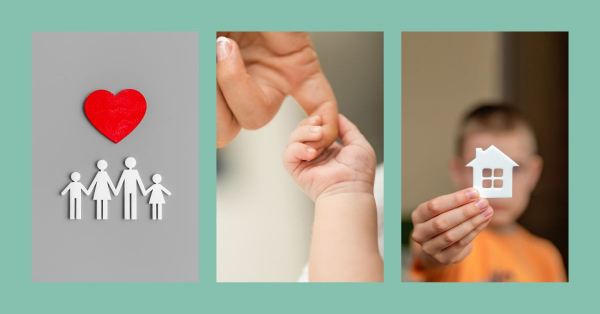Written by: Crystal Perkins | Published on: April 06, 2014
Preparing for the Arrival of Your Child – Part 5
Daily Routine Needs
Fortunately, there are many book titles available that detail the basic daily needs of children of all ages. Here are just a few things to keep in mind:
Food
- Two year olds are notorious for picky eating. Try not to worry. Buy a good child care guide, provide a variety of nutritious foods, and then let your pediatrician reassure you that your child is not starving.
- Preschoolers should be exposed to many different foods. Forcing a child to eat is not a good idea, according to experts. Encourage them to take just one bite and “try it.” Ask your kids to help you choose and prepare foods.
- Children and teens who have suffered neglect may hoard food or shows signs of an eating disorder, like eating too much, too little, or too quickly. These disorders are difficult to treat and will probably require the help of a professional, such as a therapist. Try to find one who has experience with older adopted children.
Bathroom
- You will know in advance from the foster family or previous caregiver if your child requires help with toileting and bathing, and how much help to offer.
- When showing your child your bathroom for the first time, ask him or her if there are any questions.
- You may need to think ahead if older sons and daughters need toileting help in public places. If any parent is unsure what to do with a child of the opposite gender, it is okay to err on the side of caution. Don’t leave your son or daughter’s care to strangers. Take the child into the bathroom of your gender and don’t worry about the stares of others.
Clothing
- Studies show that our tastes in clothing, shoes, and jewelry have a strong genetic component. Your child’s tastes may seem strange to you but think twice before trying to change them. This falls under the category of, “choosing your battles wisely.” One good rule of thumb is, “If it’s clean, decent, safe, belongs to you, and doesn’t violate the school dress code, you can wear it.”
- Teens use clothing to stick out and to fit in, depending on their mood. Try to be flexible but define your boundaries with safety and stick to them. There are many best-selling books to help you with this issue.
Sleeping Habits
Before the first overnight visit, find out as much about sleeping habits from the foster family as you can. You will need to know if the child has a history of:
- Sleepwalking, sleep talking, enuresis, or night terrors (extreme nightmares).
- Difficulty getting to sleep, staying asleep, or waking up.
- Nighttime fears which can be alleviated with a good night light.
And…
- How many hours of sleep the child needs.
- If the child wants the door open or closed.
- Whether or not naps are needed and, if so, when, how many per week, and of what length.
- If bedtime medication is required. (DDAVP, for example, is commonly prescribed to prevent bedwetting.)
- What the child needs to be comfortable, such as a night light, a certain type of pillow, a sleeping pet (stuffed animal), lots of blankets, only cotton blankets, etc..
- What the bedtime ritual involves. Combine the child’s ritual with the one you wish to establish, i.e., pajamas, teeth brushing, bedtime story, hug, prayer, lights out.
- Teens may have outgrown the desire for a bedtime story but this is an ideal time for a quick chat. Once your teen is ready for bed, take a few moments to go over the next day’s schedule. If your adolescent wants to talk to you about anything, this is a good time.
Copyright © 2003 Rita Laws and Nancy Ashe. All rights reserved. No part of this material may be reproduced in any form without written consent.






